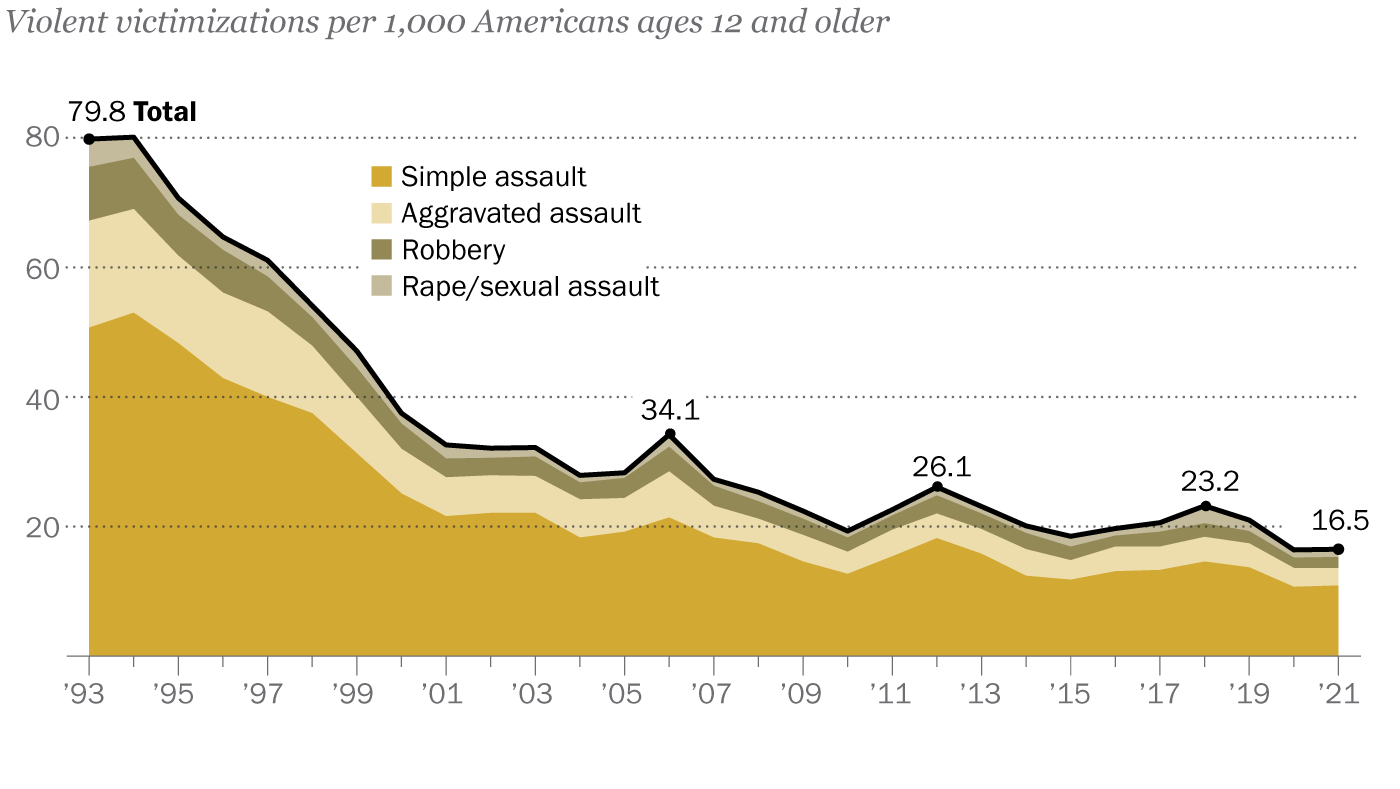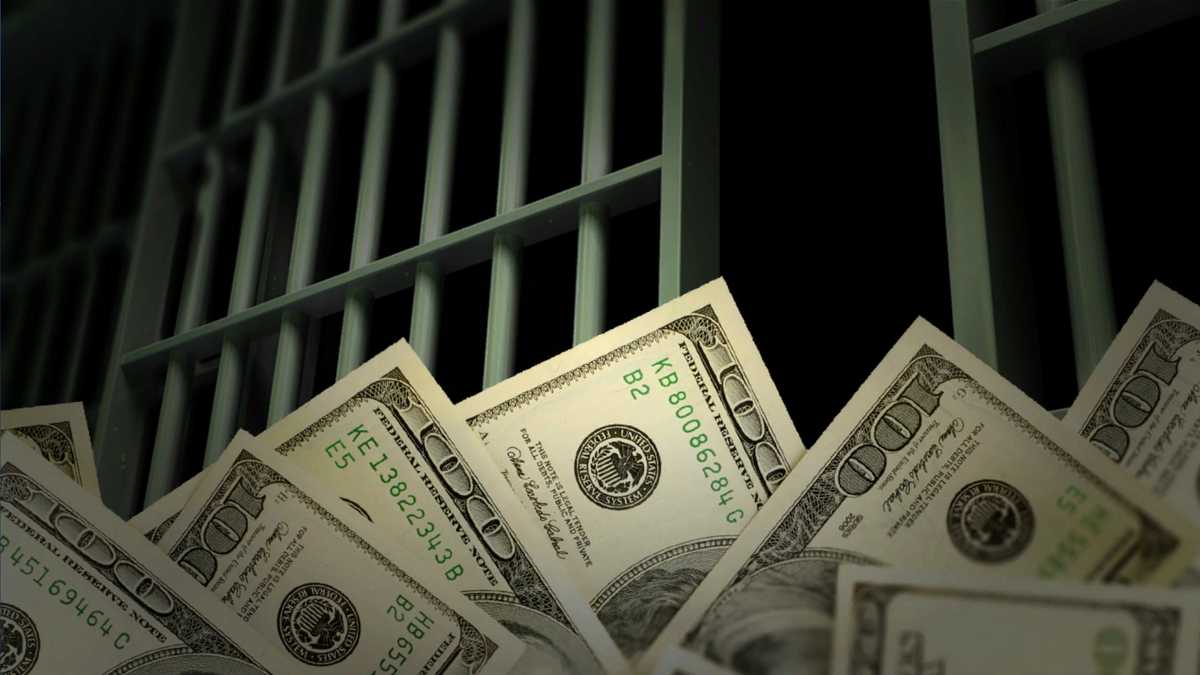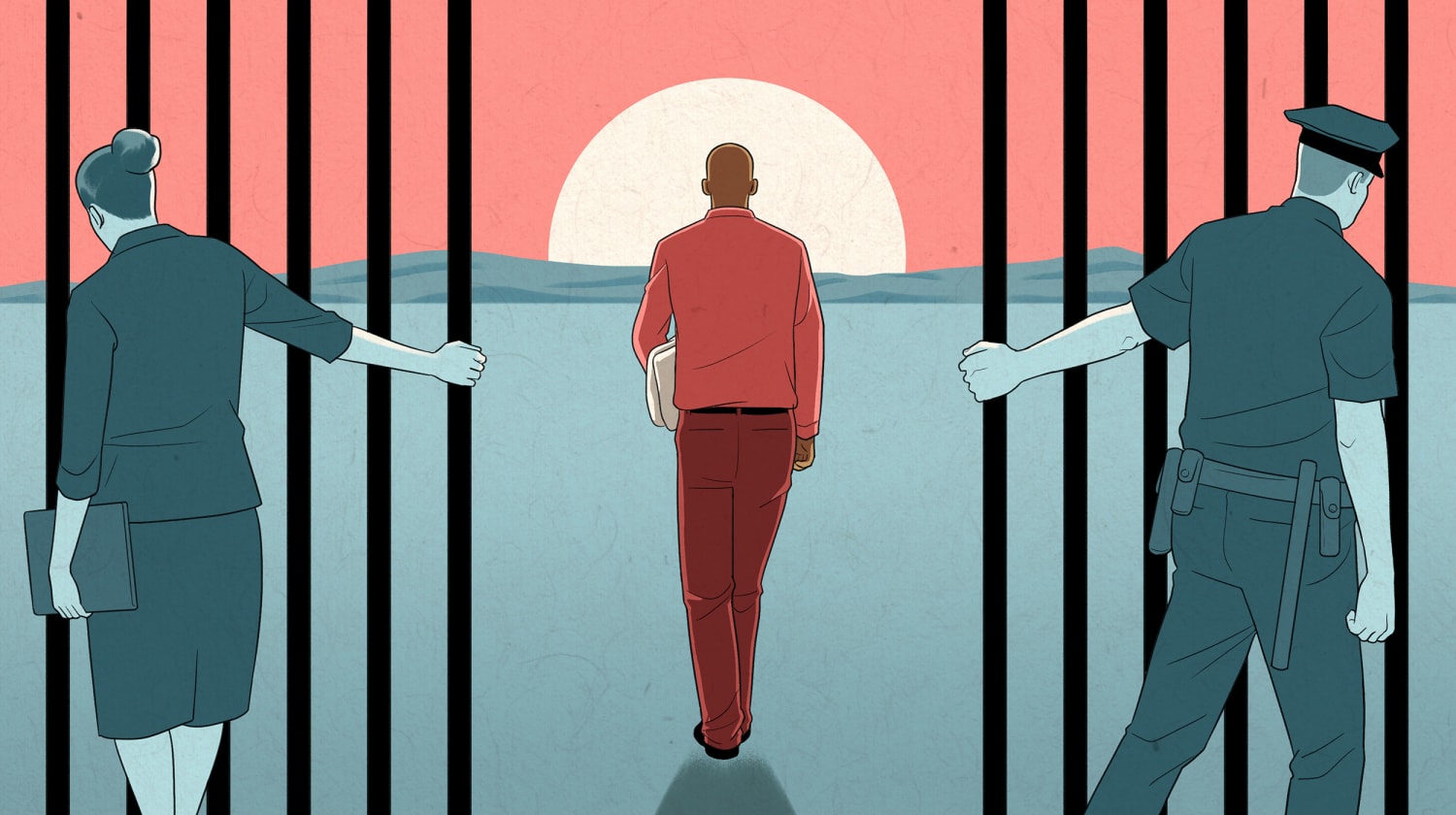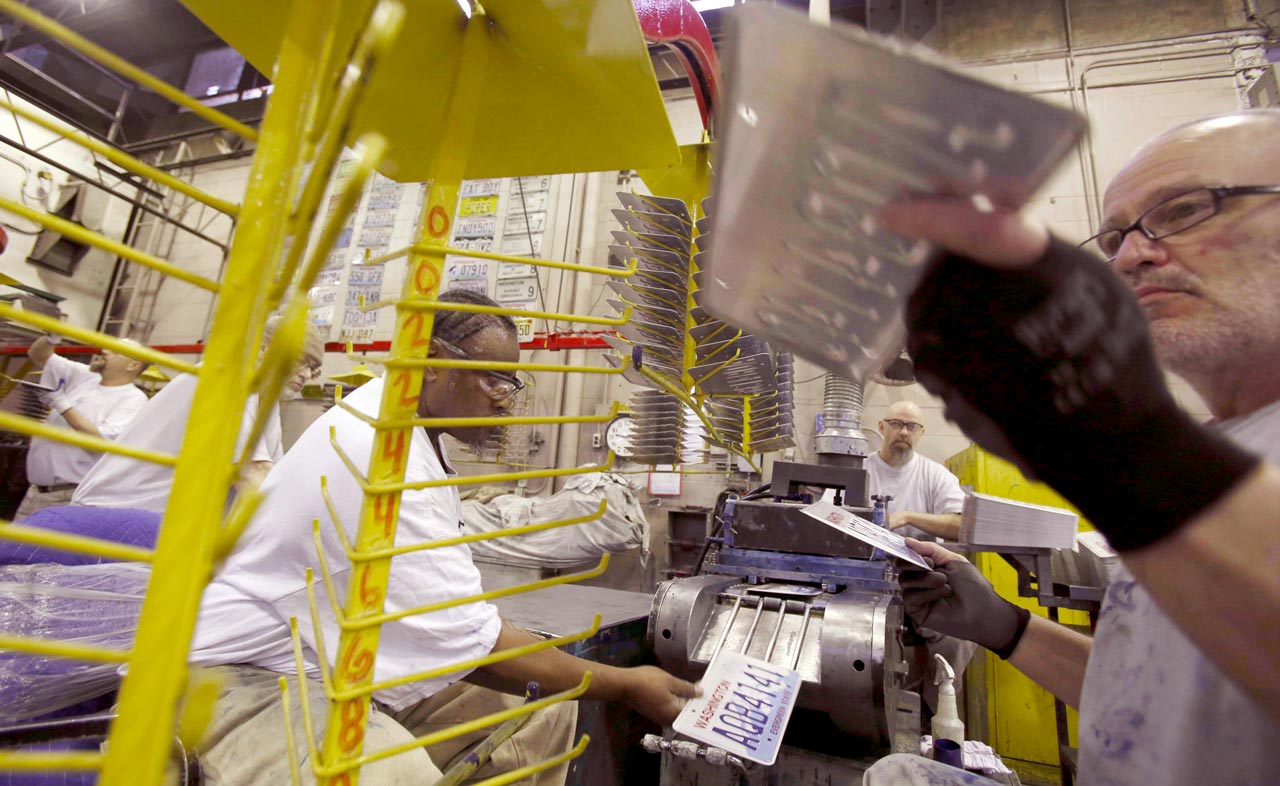
In Snaza v. State, the WA Supreme Court narrowly held in a 5-4 decision that a state statute wrongfully granted a public official outside a county sheriff’s office authority over when police can use tear gas to quell a riot.
FACTUAL BACKGROUND
Justice Charles Johnson wrote the majority opinion. He started by saying that following waves of protests across the state and country, calling for racial justice and reform of police practices, the Washington Legislature enacted several statutes in 2021 establishing requirements for tactics and equipment used by peace officers.
RCW 10.116.030(1) provides tear gas may not be used “unless necessary to alleviate a present risk of serious harm posed by a: (a) Riot; (b) barricaded subject; or (c) hostage situation.” Subsection (2) imposes specific prerequisites to using tear gas as authorized under subsection (1). For instance, prior to deploying this tactic, law enforcement must exhaust alternatives to the use of tear gas, obtain authorization from a supervising officer, announce to the subjects the intent to use tear gas, and allow sufficient time and space for the subjects to comply with law enforcement’s directives.
In addition to these limits on the use of tear gas, law enforcement must comply with RCW 10.116.030(3), which restricts the use of tear gas as a tactic to suppress riots. This section of the statute says the following:
“In the case of a riot outside of a correctional, jail, or detention facility, the officer or employee may use tear gas only after: (a) Receiving authorization from the highest elected official of the jurisdiction in which the tear gas is to be used, and (b) meeting the requirements of subsection (2) of this section.” ~RCW 10.116.030(3)
Several sheriffs challenged RCW 10.116.030(3)(a), which limits when a sheriff can use tear gas to quell a riot.
MAJORITY COURT’S ANALYSIS & CONCLUSIONS
The WA Supreme Court held that thelegislature may not interfere with the core functions of a county office. Quelling a riot is a core function of the sheriff’s office. By granting an official outside a sheriff’s office authority over a core function of the sheriff, RCW 10.116.030(3)(a) violated article XI, section 5 of the Washington Constitution.
“Consistent with the rule our cases establish, we conclude quelling riots is a core function of the sheriff’s office. We emphasize discretionary use of lawful force in riot suppression is a core function of the sheriff’s office. This conclusion necessarily follows and is consistent with how our cases determine the nature of an office’s authority.”
“As we have stated, the county sheriff has been responsible for quelling riots since before the ratification of our state constitution . . . This power and function has “belonged to the sheriff at the time our constitution was adopted, and from time immemorial.” ~WA Supreme Court
DISSENTING OPINION
Justice Gordon McCloud delivered the dissenting opinion. He said the sheriff’s office has never had unfettered discretion to use any means it chose to suppress riots:
“The historical record shows that the legislature limited sheriffs’ discretionary decisions about how to quell riots from the time of statehood. And, of course, the historical record shows that tear gas was not even available at the time of statehood. It necessarily follows that discretionary use of tear gas to suppress riots is not ‘fundamental’ to or ‘inherent’ in the office of sheriff.” ~Justice Gordon McCloud
Jails and prisons are terrible places. Please review Making Bail and contact my office if you, a friend or family member are charged with a crime. Hiring an effective and competent defense attorney is the first and best step toward justice.








/cdn.vox-cdn.com/uploads/chorus_asset/file/21907065/A_Puppet_Ballot_0901.jpg)





